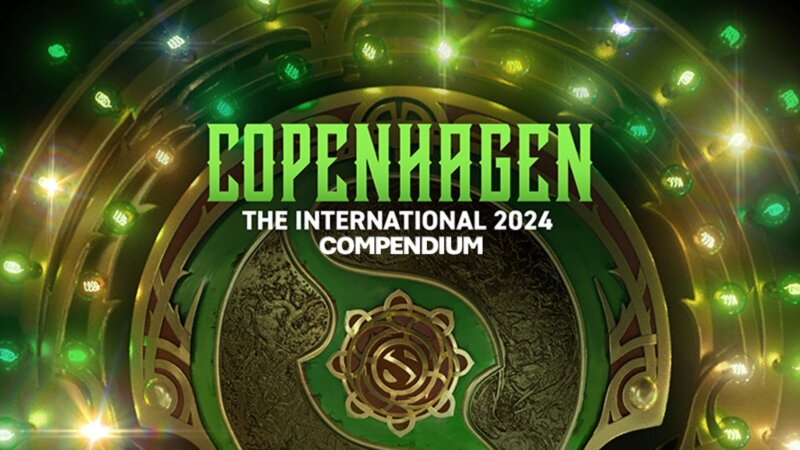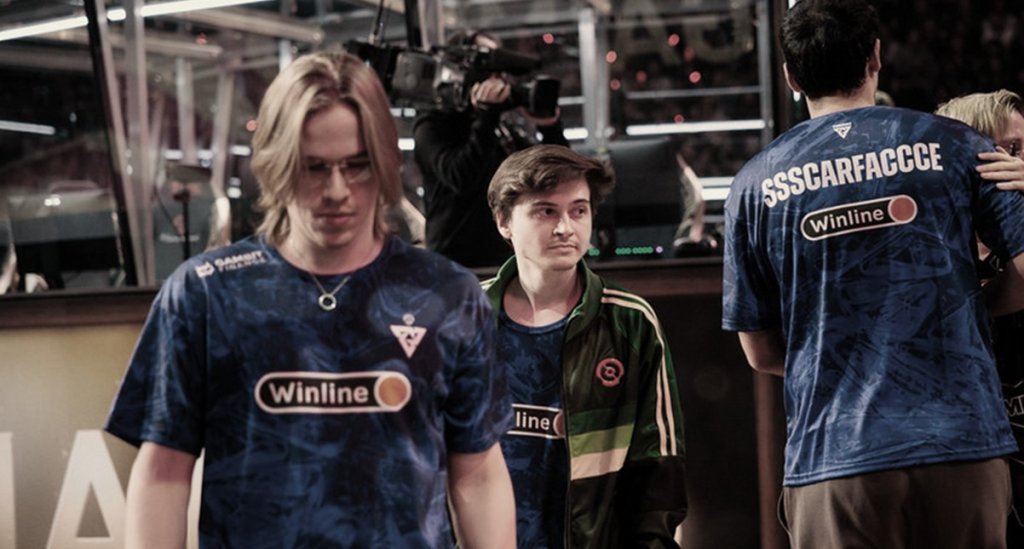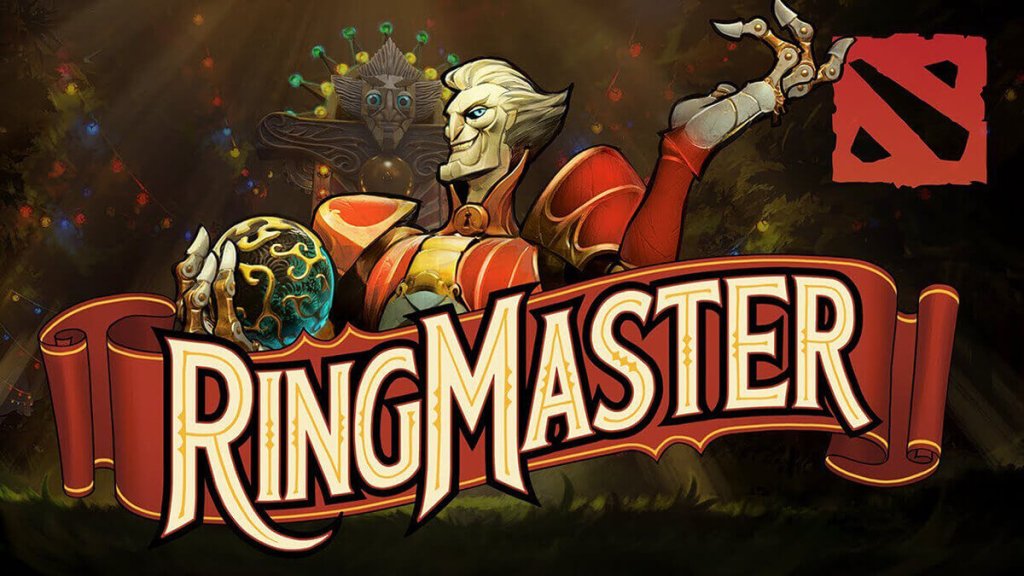
Dota 2 The International 2024 Prize Pool Tracker (Updated Regularly)
It’s been a while since The International 2024 (TI13) was announced, the venue set, and now every team that will compete has confirmed their place. Yet, there was no talk of how TI13 will be funded, except the expectations that it will be a relatively underwhelming one compared to previous years.
After all, without a Battle Pass packed with exclusive and fancy skins, the mere Compendium with Player Cards and Team Support Bundles just seem unappealing. Valve made their point last year when they want to diverge from focusing on cosmetic efforts to a more general gameplay update. However, this begs the question on whether Ti13 prize pool will hit its all-time low again or otherwise.
How much will The International 13 Prize Pool be?
At the time of writing, The International 2024, TI13’s Prize Pool will be $2,602,164.
However, the Compendium is still on sale until Tuesday, Oct. 15. It’s unknown if sales of the Compendium after the end of TI13 will contribute to the prize pool.
History of The International Prize Pool
Dota 2’s International is the premier event for the game. But since the peak of $40 million back at TI10, it’s been on a steady decline.

The International 2024 Compendium (Image credit: Valve)
Throughout the first 10 years of its history, The International’s prize pool grew exponentially year on year.
While this may seem like Valve is hammering a nail on their own coffin financially, perhaps Valve realized they needed this change in objective to develop a more sustainable and growing Dota 2 playerbase with more openly-available content. This is how it has grown over the years:
The International 1: $1.6 million
The International 2: $1.6 million
The International 3: $2.8 million
The International 4: $10.9 million
The International 5: $18.4 million
The International 6: $20.7 million
The International 7: $24.7 million
The International 8: $25.5 million
The International 9: $34.3 million
The International 10: $40 million
The International 11: $19 million
The International 12: $3.3 million
The International 13: $3 million (estimated)
With the success of general gameplay updates, such as Crownfall 2024 and the patch 7.36, it’s clear that the Dota 2 dev team doesn’t have to dish out cosmetics solely for Battle Pass content for the player base to enjoy the game. As such, we estimate that with the likely similar Compendium 2024, we estimate the Ti13 prize pool will be around that of last year’s.
Where Does the International 13 Prize Pool Come From?
In spite of the absence of Battle Pass, the source of Ti13 prize pool will still be crowdfunded, albeit from Compendium 2024 sales.
Unlike the Battle Pass, Compendium offers Player Cards and Team Support Bundles, for purchasing players to show their support to the teams at TI this year.
However, the lack of shiny in-game cosmetic items means customers have no reason to splurge on Compendium 2024 Levels. Even if the Dota 2 community seems to view increasing the prize pool for the event as a necessity and a point of pride, spending thousands on the Compendium just seems unreasonable again. In fact, the Crownfall 2024‘s Collector’s Cache that contains skins will likely do better in sales.
While Valve’s methods for crowdfunding have altered, their cut is the same. Valve rakes in 75% of the Compendium 2024 sales, while 25% goes to the prize pool. Considering Valve would have anticipated the poor sales from Compendium 2024 again, it begs the debate on whether Valve should increase the allocation towards the Ti13 prize pool.
Read also: Dota 2 Compendium & Battle Pass controversial choices explored
What’s the point in changing this model?
In spite of raising more and more money for the biggest Dota 2 event of the year via its crowdfunding model, Valve clearly has a problem with maintaining the game’s player base, which seems to be dropping like a rock. One key factor that Valve openly shared was that the majority of the player base doesn’t buy Battle Pass each year, so not everyone gets to enjoy their biggest Dota 2 updates.
Hence, the community is shrinking at a rapid rate, despite the game’s gameplay getting more diverse with Dota 2 innate abilities, and hero facets, as of patch 7.36. In light of this, what’s the point of raising such an enormous amount of money for just one event, if the esports’ popularity and appeal to the new generations is a complete failure?
Ti10’s prize pool was $40 million, a massive amount that could be used to fund the prize pools of 18 DPC Tours of $2.18 million each, or 80 Majors at $500K each. Additionally, there is no reason for Valve to collect crowdfund money since they abolished the Dota Pro Circuit alongside its Valve-sponsored Major tournaments.
These events could be organized regionally and help support the local professional scene in places like Europe, CIS, Southeast Asia, China, North America, South America and who knows where else. No doubt, such a massive amount of big tournaments would help the community grow. Instead of shrinking, it will go a long way in supporting pro players and attracting new blood.

Dota Prize Pools compared to other games
Other highly successful esports, such as League of Legends, are as populas as Dota 2. Yet, they don’t worry about not having astronomical prize pools for their World Championships. In 2022, the League of Legends World Championship has a prize pool of ~$2.25 million. That’s 18 times less than The International 2021, even though the game has 10 times more players (100+ million). This gap is growing too, the International was only 5x the LoL prize pool in 2017.
Dota 2’s huge prize pool concentrates all of the spoils for the games at the very top. While it’s natural that the top teams command the biggest prizes, the difference is becoming shocking. Smaller Dota 2 communities and competitive scenes are having some major trouble in keeping up financially to stay active. It is clear that competitive Dota 2 below the top tier is in need of help.
The International and its top tier can’t be maintained without the wider esports structure. The International itself would lose significant prestige and impact without a wider community. So why does Valve continue to neglect every portion of the league outside of it? It probably has something to do with how much they themselves make from crowdfunding the prize pool for the event. However, the long-term effects of continuing to neglect smaller Dota is going to cause problems.
Benefits of the Prize Pool
The large prize pool for the International isn’t all bad. Of course, there are major advantages to this prize pool. It definitely keeps the game competitive. With more and more competitors popping up, these huge prize pools keep players and fans interested in Dota. It also helps avoid a mass player exodus to a similar, newer game, like what happened with Overwatch when Valorant launched.
These are pros to the larger prize pool for the International. However, there are also significant downsides to the ever-growing pool. Or more specifically, to the way that Valve is handling it.
The International Isn’t a Long-Term Strategy
Offering massive rewards to a small number of teams might be good for the show in the short run. Yet, it’s definitely not a winning strategy in the long run, which Valve identified. TI Championships aren’t the only events that feature small number of teams with high prize pool, as even the Majors in DPC share a similar placebo effect prior to its removal. Only the top and most seasoned teams rake all the winnings, as we saw Gaimin Gladiators won all three Majors this season. Since then, ESL Pro Tour (EPT), Esports World Cup Foundation’s Club Support program and third-party tournaments keep the Dota 2 Esports striving even better than it ever was with more tournaments across different tiers of pro teams.
The optimal strategy in the long run is to make the table wider and allow more players to play the game competitively. As Valve disbands the DPC system after six years, it’s a Wild West version of Dota 2 Esports, where we get more independent tournament organizers hosting important Dota 2 tournaments.
We are already seeing how well this worked in 2024, especially with DreamLeague S23, ESL One Birmingham and BetBoom Dacha, each boasting million-dollar prize pools. And of course, the upcoming Riyadh Masters 2024 with its even more lucrative prize pool of $5M.
Big regional tournaments with high prize pools that offer exclusivity to consistent teams and serve as qualification events for even bigger, international tournaments. That would be the way to attract more players to contribute to the scene and give new blood the chance to go pro.












